ExhibitLab
Small, focused displays that showcase specific collections, prototype new ideas, or respond to current events.
ExhibitLab is the Science History Institute’s space in the Horiba Exhibit Hall for small, focused displays that showcase specific collections, prototype new ideas, or respond to current events. Our staff members, fellows, and school and community partners curate these displays.
Currently on view (November 12, 2025–May 9, 2026): Objects That Tell Stories: Recent Acquisitions
For more information about ExhibitLab, please contact Scott Bowe at sbowe@sciencehistory.org.
What Is a Rebel?
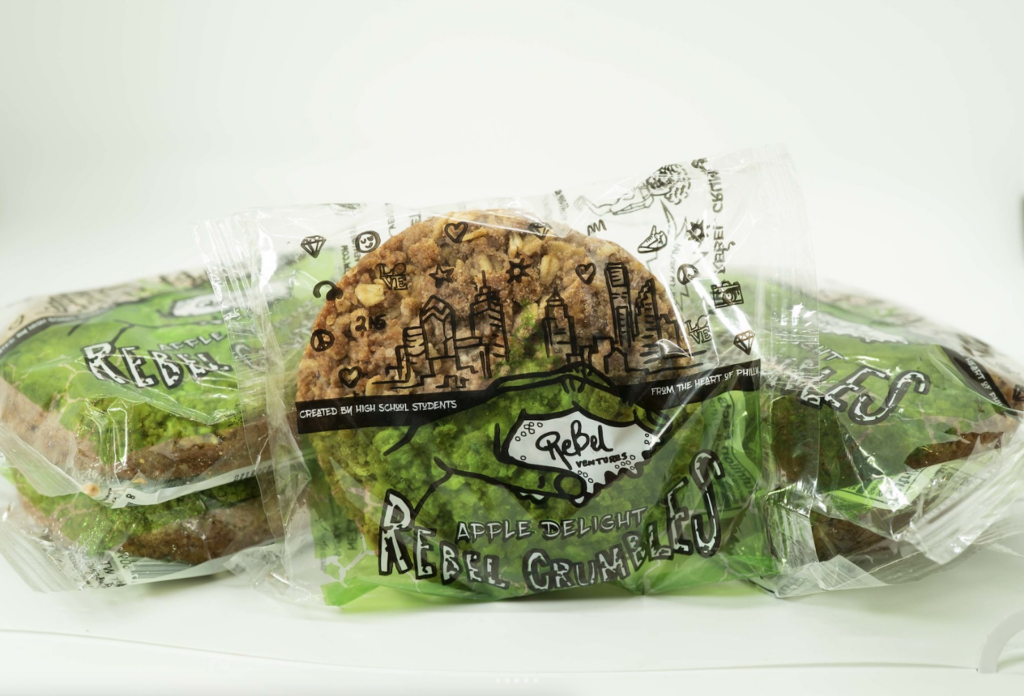
April 2, 2025–November 8, 2025
What Is a Rebel? shared the history of Rebel Ventures, a youth-run nonprofit that teaches students about entrepreneurship through the operation of a healthy food business.
Since 2017, the West Philadelphia-based organization has made Rebel Crumbles, a convenient food that meets federal nutrition standards for school breakfasts. Served throughout the School District of Philadelphia and Archdiocesan schools, this healthy crumble cake is the first known school food item created entirely by students.
Rebel Ventures is supported by the University of Pennsylvania’s Netter Center for Community Partnerships. This ExhibitLab was also supported in part by The Pew Center for Arts & Heritage.
What Is a Rebel? was curated by Dayanna Shomo, alongside former and current Rebel Ventures students, with assistance from the museum’s Scott Bowe.
Consuming Women’s Healthcare
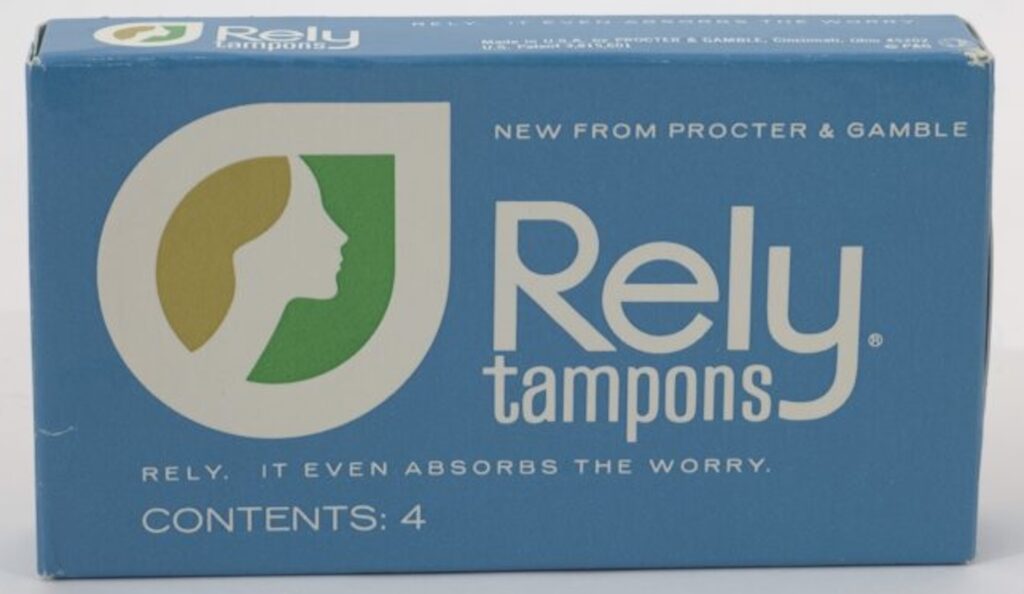
October 30, 2024–March 29, 2025
Consuming Women’s Healthcare explored contraceptives, menstrual products, gender-affirming products, and menopausal products through the lens of the history of science.
Objects on display date back more than a century and a half—from the 1870s to the present—highlighting women’s healthcare and consumption, and how these products have evolved and been marketed to women over time.
View digitized objects from this display >>
Consuming Women’s Healthcare was curated by former Haas Curatorial Fellow Sherri Sheu, with assistance from the museum’s Scott Bowe and Molly Sampson.
Poisons and Panaceas: Inside the 19th-Century Medicine Cabinet
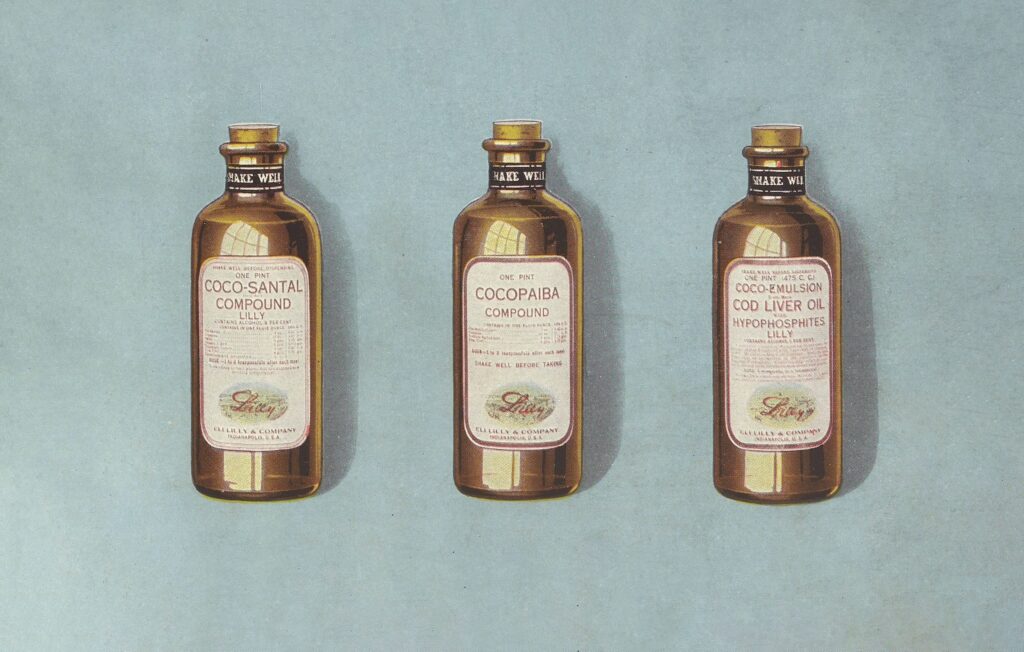
May 1, 2024–October 26, 2024
“Only the dose makes the poison” is a common saying in toxicology.
This ExhibitLab uncovered that fine line between deadly and lifesaving in the world of modern medicine by highlighting the rise of the pharmaceutical industry from the 19th century into the early 1920s.
Artifacts such as Dr. Pierce’s Favorite Prescription Tonic for Menstrual Pain, Charles Millspaugh’s Medicinal Plants, Eli Lilly & Company’s Hand Book of Pharmacy and Therapeutics, and an assortment of risky medicines reveal the industry’s surprising link to herbal and alternative remedies.
Poisons and Panaceas was curated by former gallery guide Nandini Subramaniam with assistance from the museum’s Molly Sampson and former library staff member Ashley Augustyniak.
Superheroes, Science, and the Environment
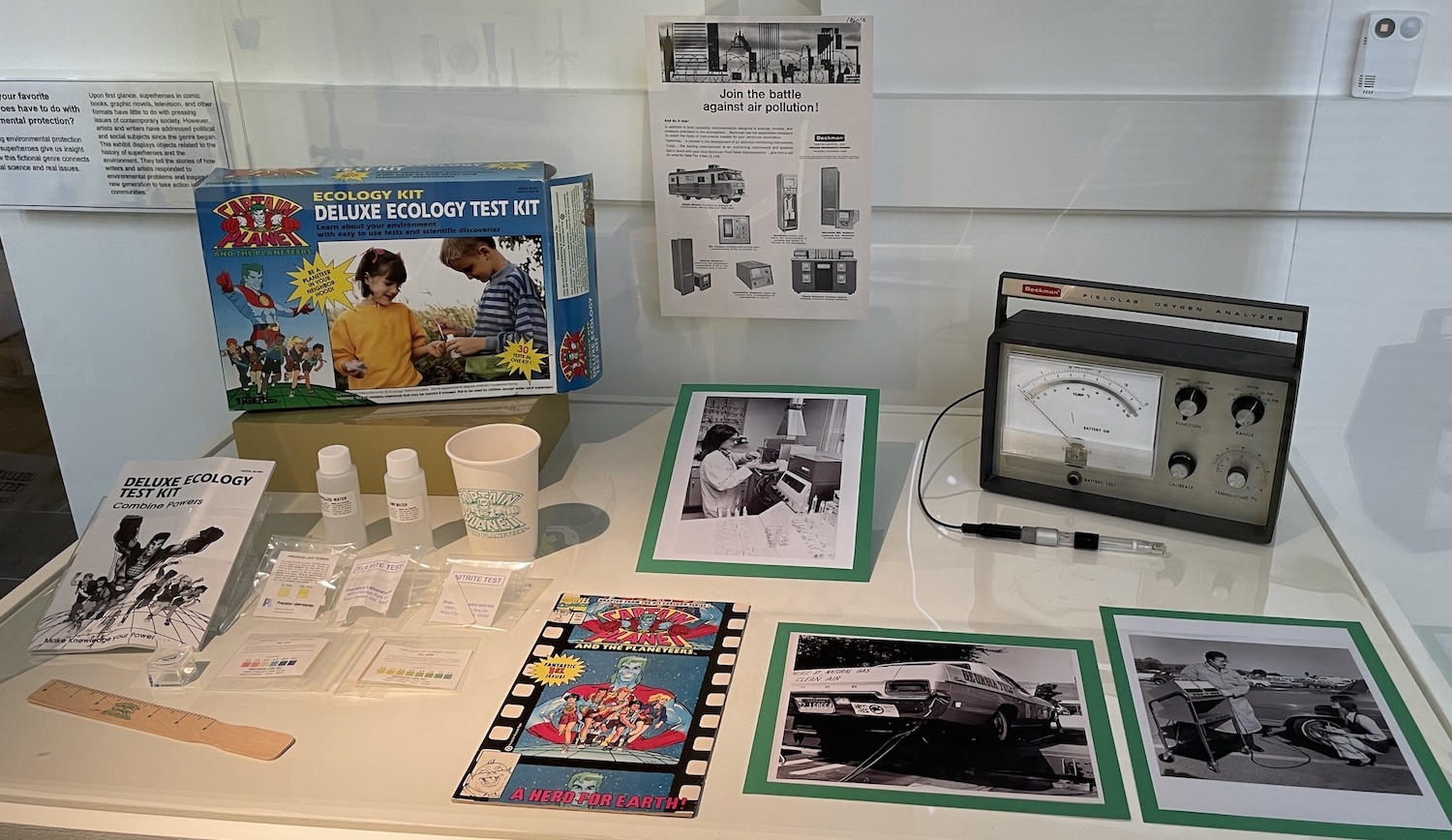
November 29, 2023–April 27, 2024
Superheroes are seemingly everywhere in American culture. But did you know that many of these fictional characters reflect real-world concerns about the environment? This ExhibitLab highlights the unexpected connections between the pages of comic books and real-life environmental issues from the 1970s through the present.
Items such as scientific test kits, DDT bottles, and 3D-printed water filters by local students connect the world of superheroes to our own realities.
Superheroes, Science, and the Environment was curated by Haas Curatorial Fellow Sherri Sheu with assistance from former library staff member Ashley Augustyniak and the museum’s Erin Gavin and Molly Sampson.
Migrating Science: Stories of Immigration and Innovation
June 7, 2023–November 22, 2023
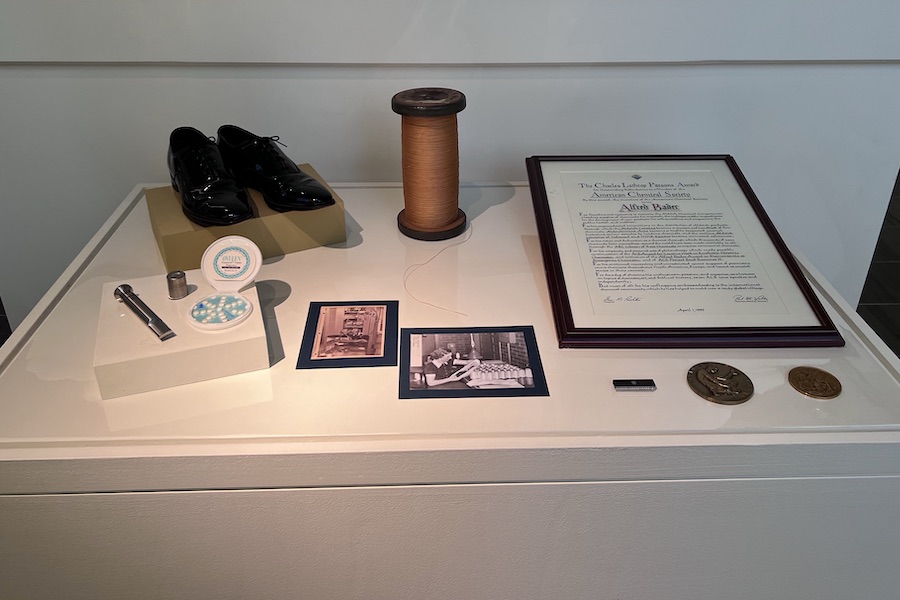
Hear the voices and learn the stories of the scientists and engineers who immigrated to the United States in the 20th century. Follow the journeys of those who fled persecution or political instability and those seeking educational or professional opportunities with oral history interview excerpts, museum objects, and archival materials from our collections. Consider the impact these immigrant scientists have had on American society and the contributions they’ve made to science through their discoveries, inventions, mentorship, leadership, and more.
This ExhibitLab is part of the Oral Histories of Immigration and Innovation project, which is made possible by a generous grant from the National Historical Publications and Records Commission.
Migrating Science: Stories of Immigration and Innovation was curated by the Center for Oral History’s Sarah Schneider with assistance from the library’s Ashley Augustyniak, the museum’s Erin Gavin and Molly Sampson, the Center for Oral History’s Rachel Lane and Shuko Tamao, and digital engagement editor Mia Jackson.
Exploration of Morris A. Robbins, MD
February 7, 2023–June 3, 2023
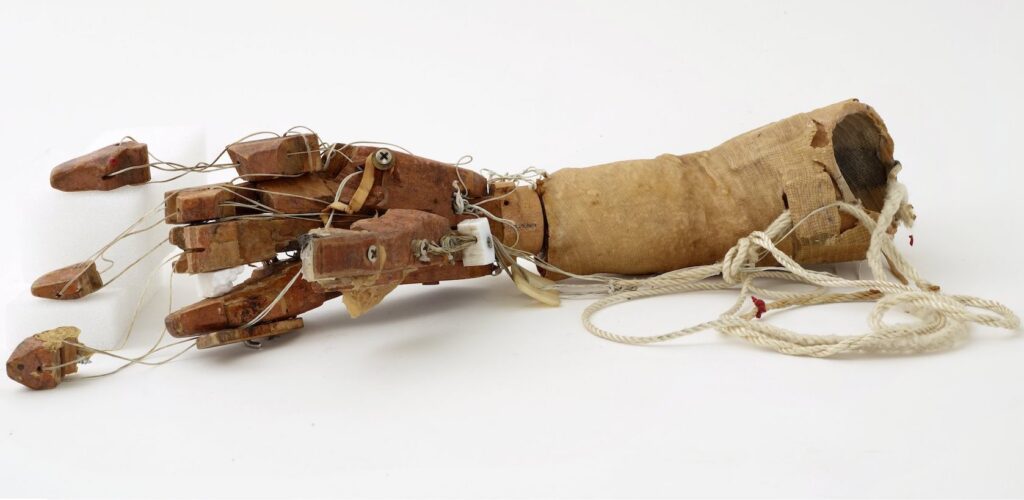
The Science History Institute recently acquired concept models and prosthesis from the family of Morris A. Robbins (1916–2004), an orthopedic surgeon who had an accident as a teenager that left him without his left hand and with third degree burns that limited the mobility in his right hand.
His accident happened before prosthetics were widely available, so he took to designing and fabricating his own. He also wrote engineering essays and created prototypes of devices that could assist those living with physical disabilities.
This ExhibitLab looks at the personal prosthesis Robbins designed for specific uses during the surgeries he performed and for his everyday use. It also highlights some of the concept models that are based on his essays.
Exploration of Morris A. Robbins, MD was curated by the library’s Ashley Augustyniak and the museum’s Erin Gavin and Molly Sampson.
Making Milk: Dairy, Science, and Foodways
June 30, 2022–December 10, 2022
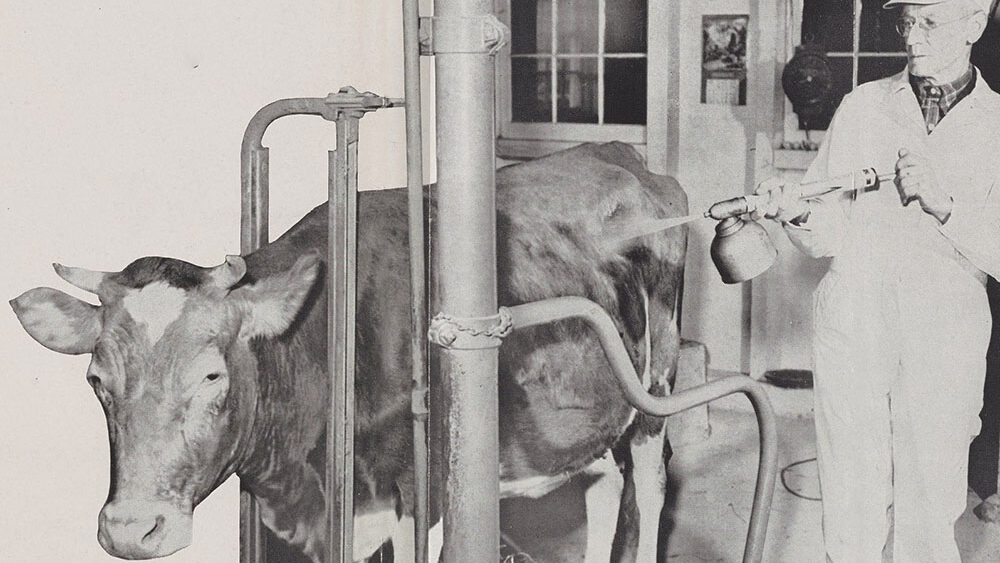
The stars of most dairy ads are happy cows in peaceful pastures. But since the early 1900s, milk production has been a highly technical and scientific process to ensure its safety, nutritional content, and efficient production.
Making Milk displayed items from the Science History Institute’s museum and library collections in the history of dairy science. This is a history that reveals connections between the farm, laboratory, factory, grocery store, and ultimately, the home.
This ExhibitLab was curated by former Institute fellow Jay Stone, a PhD candidate in the Program in History of Science at Princeton University, with assistance from the library’s Ashley Augustyniak and the museum’s Molly Sampson, Christy Schneider, and Jesse Smith.
Redefining Nude
February 17, 2022–June 4, 2022
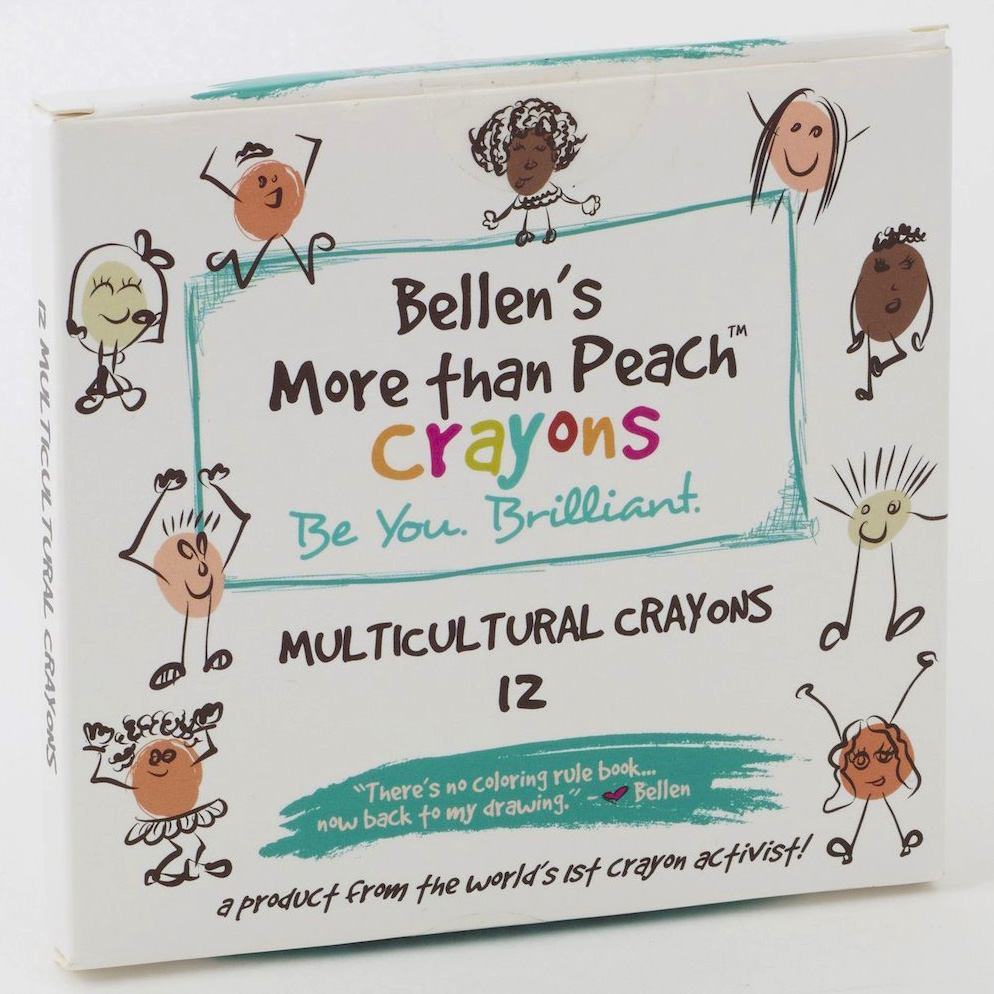
How would you define “nude” as a color?
Until the 1910s, underwear was usually white. But then a new hue came on the market: a peach or pink tone called “flesh.” But whose flesh did this color reflect?
This limited vision of “flesh” color persisted for decades and in many cases, still does to this day. Bras in “flesh” color created a “nude” effect when worn under sheer blouses—but only for those with pink or peach skin tones.
Other everyday items like “flesh”-colored hosiery and bandages soon followed. Throughout the 1930s, such products proliferated and the term “nude” was popularized to describe a similar pinkish-beige color.
These early definitions of “flesh” and “nude” colors have always excluded Black, Indigenous, and people of color. This exhibition examines that history and highlights efforts to redefine “nude.”
Redefining Nude was curated by Institute fellow Isabelle Held with assistance from the library’s Ashley Augustyniak and the museum’s Katie Lagarde and Molly Sampson.
Take a virtual tour with the exhibition’s curator on YouTube or visit the Google Arts & Culture digital exhibition.
Nylon: From Labs to Legs
October 13, 2021–February 16, 2022
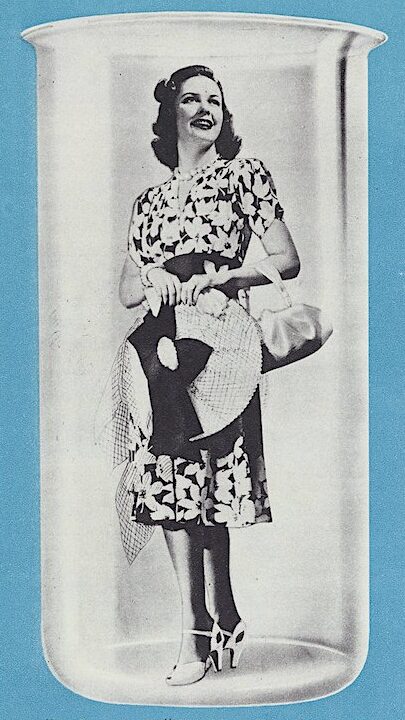
This ExhibitLab charts the development of nylon, from its creation in DuPont’s lab by chemist Wallace Carothers and his team in the 1930s to its applications today. On display are materials and objects in our collections that trace nylon’s evolution from labs to legs.
Our journey begins with nylon’s early production in photographs and artifacts like Carothers’s notebook and nylon pellets. Next, laddered nylon wear-test underwear and hosiery from 1938 teaches us about DuPont’s culture of materials research and experimentation.
After this we meet “The Test Tube Girl” and learn how DuPont gendered the latest synthetic developments and presented these at the famous 1939 New York World’s Fair.
Finally, discover more about the legacies of nylon and examples of different ways it is used in contemporary intimate technologies of the body, such as in binders and swimwear.
Nylon: From Labs to Legs was curated by Institute fellow Isabelle Held with assistance from the library’s Ashley Augustyniak and the museum’s Katie Lagarde and Molly Sampson.
Take a virtual tour with the exhibition’s curator on YouTube or learn more about nylon by visiting the Google Arts & Culture digital exhibition.
Recent Acquisitions
July 13, 2021–October 12, 2021
Although our doors were closed to visitors and researchers during the pandemic, we were still actively adding to our collections.
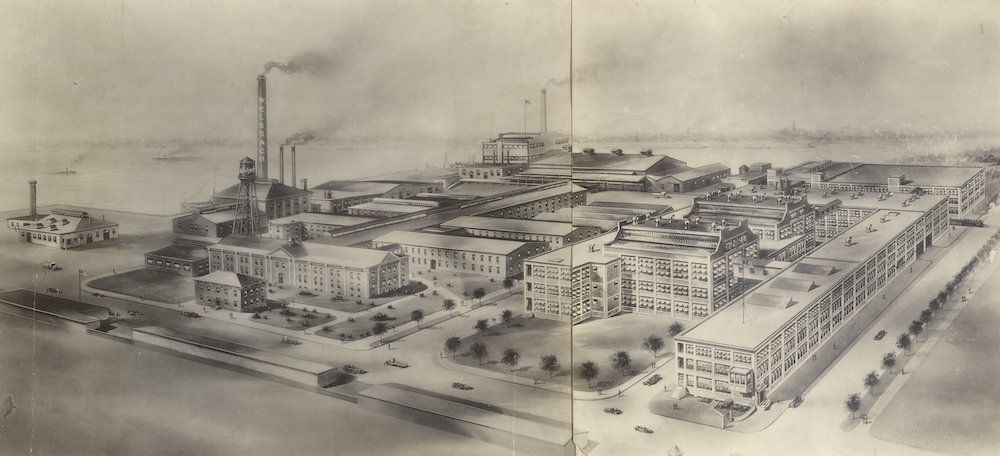
This ExhibitLab focuses on those objects and includes a variety of items related to sound, nursing, and the Welsbach Gas Light Company, a Philadelphia- and Gloucester, New Jersey-based company that manufactured gas mantles from 1888 to 1940. These new Welsbach acquisitions are now on display for you to explore, with several also available to view in our digital collections.
Interested in how our collections on sound intersect with disability? Come see the Edison machine that was featured in an episode of our Distilled video series. We are always searching for items that help diversify our existing collections and the stories we tell.
This ExhibitLab was curated by the library’s Ashley Augustyniak and the museum’s Molly Sampson.
Animals and Science
February 10, 2020–June 30, 2020
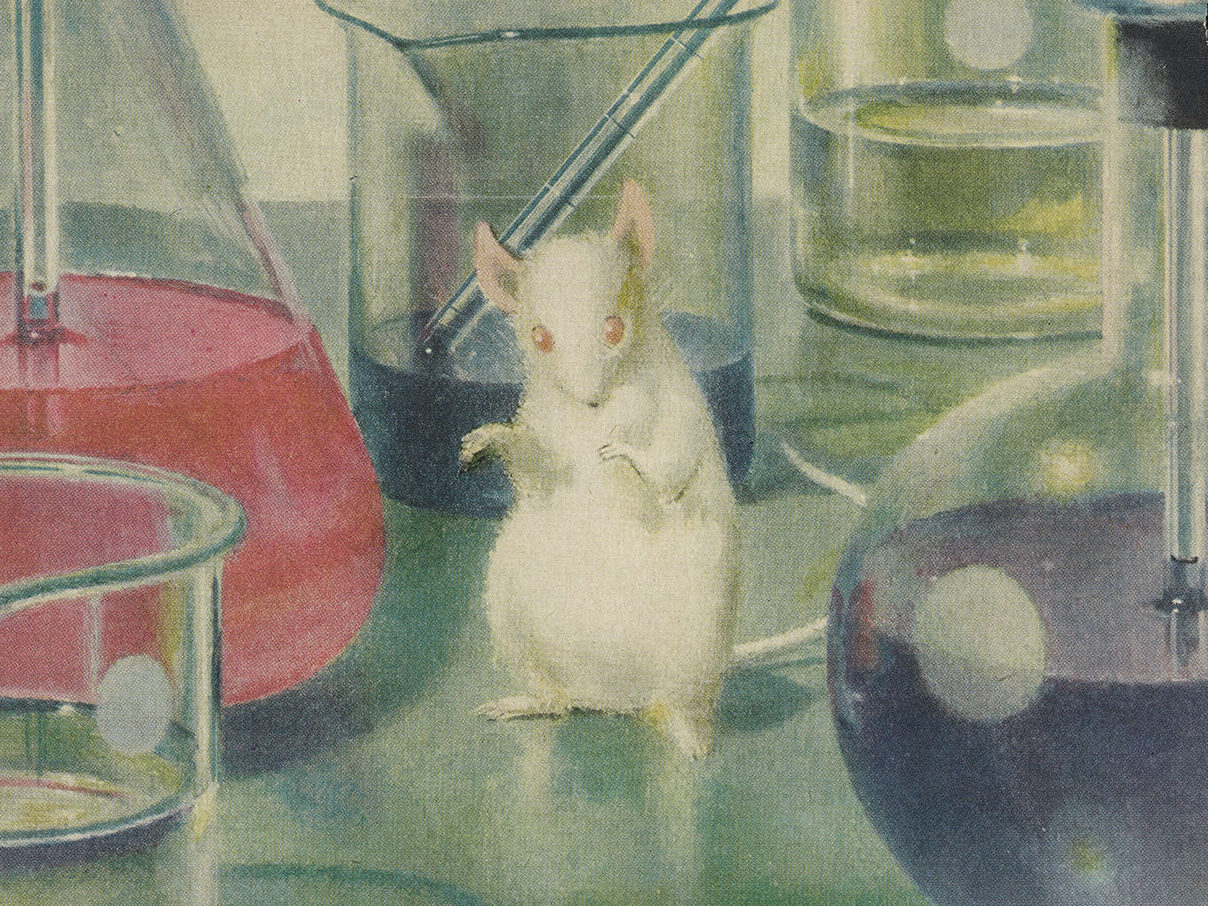
Have you ever heard someone say, “I have a frog in my throat”? Did you ever participate in a dissection in your high school biology class? Want to learn more about the role of animals in science? You can when you visit our latest ExhibitLab.
Showcasing a selection of books and artifacts from our collections, Animals and Science explores various depictions of creatures in science, from objects of study to alchemical symbols.
Compare preserved aquatic animals from a 1961 Lionel-Porter Biocraft Biology Lab kit with plates from John Hill’s 1752 book An History of Animals. Read a pamphlet titled “Toxaphene Kills Grasshoppers: The Camera Shows It’s as Simple as A.B.C.,” or see how lozenges were marketed to consumers as a “frog in the throat” remedy.
The Animals and Science ExhibitLab was curated by Rebecca Kaplan with assistance from the library’s Ashley Augustyniak and the museum’s Molly Sampson.
The Bredig Archive
November 14, 2019–February 3, 2020
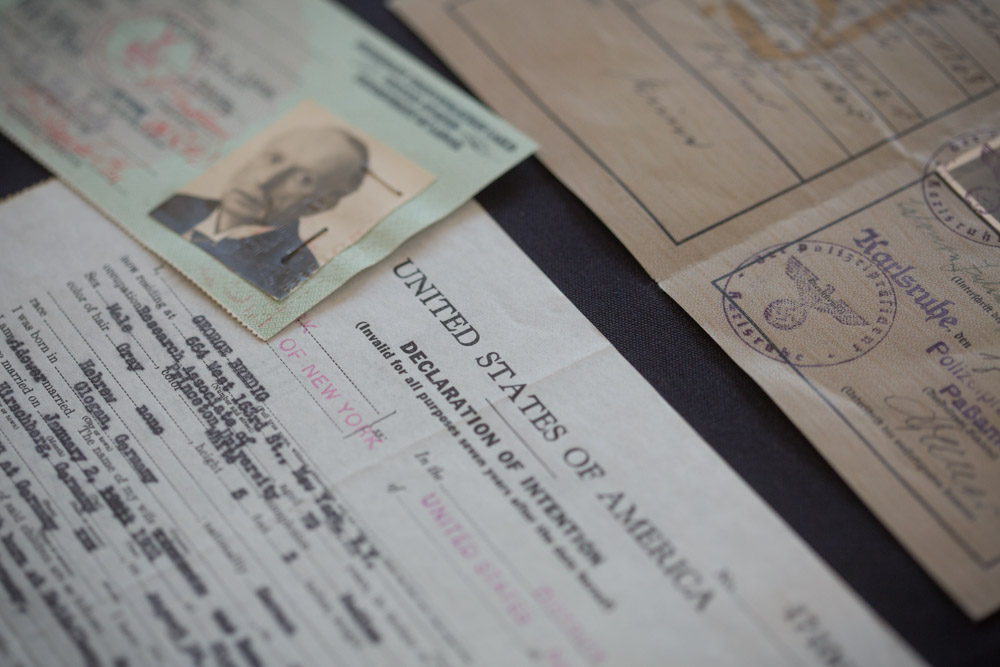
This ExhibitLab showcases a selection of materials from the recently acquired Bredig Archive, an amazing collection of correspondence, books, photographs, and scientific notes belonging to Jewish German scientist Georg Bredig (1868–1944) that was smuggled from Nazi-era Germany.
A founding figure in physical chemistry and catalytic research, Bredig’s Jewish background and liberal political beliefs made him a target for persecution by the Nazi regime.
This important archive bears witness to both Bredig’s significant contributions to the history of science and the Bredig family’s struggle for survival during World War II.
Acquisition of the Bredig Archive was made possible by the generous support of the Walder Foundation. Funding from the Laurie Landeau Foundation will provide for its conservation and preservation.
The Bredig Archive ExhibitLab was curated by Patrick Shea, chief curator of archives and manuscripts at the Science History Institute.
Science and Disability
April 2019–November 2019
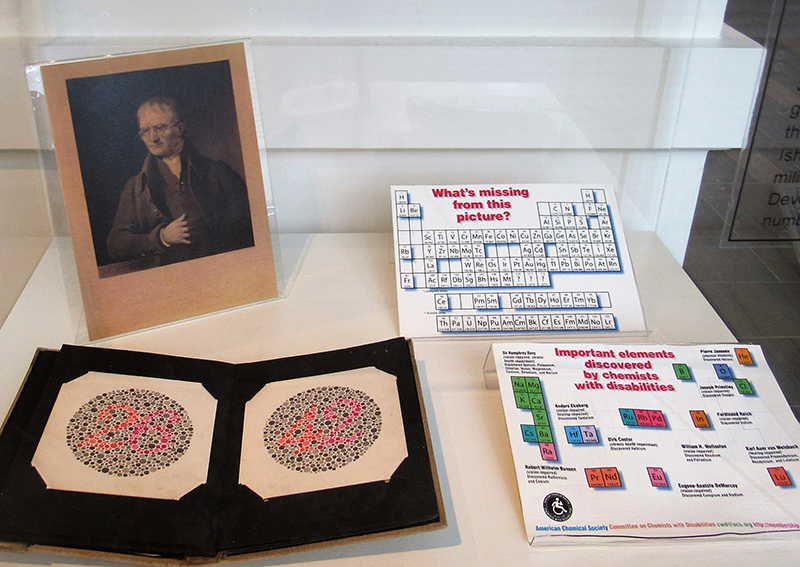
This selection of books, oral history videos, and artifacts held in our collections looks at stories of imagination, erasure, bias, and possibility alongside lived experiences of scientists with disabilities.
This ExhibitLab is part of the Science and Disability Project, which asks these questions: How have ideas about disability shaped the things we know and the ways in which we know them? How have they affected participation in science?
ExhibitLab: Science and Disability features visual, audio, and tactile components, including a braille guide—held at the visitor services assistant desk inside the museum—for anyone who is interested.
The Science and Disability ExhibitLab was curated by Stephanie Lampkin, Jessica Martucci, and Ashley Augustyniak.
Recent Acquisitions
August 2018–April 2019
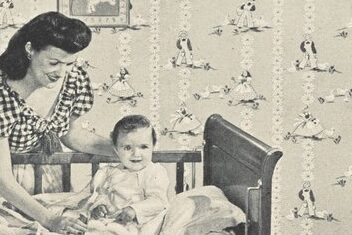
Have you heard the whispers that we have children’s wallpaper impregnated with DDT in our collection? Well, whisper no more, and come to the museum now to see it on display!
Our newest ExhibitLab installation focuses on objects we’ve collected in the past year. You’ll know it because it’s covered in Disney characters.
The display includes surgical sutures made out of fish bladders and aortic grafts that go in, you guessed it, your aorta. Ever wondered about the precursors to neon signs or to rainbow Gelly Roll pens? This is the place to find the answers.
There are also several objects now on display that have been in episodes of Distilled or will be featured in the series shortly.
This ExhibitLab was curated by Amanda L. Mahoney and Gillian Maguire.
Working Knowledge:
The Joys and Challenges of Collecting Scientific Instruments
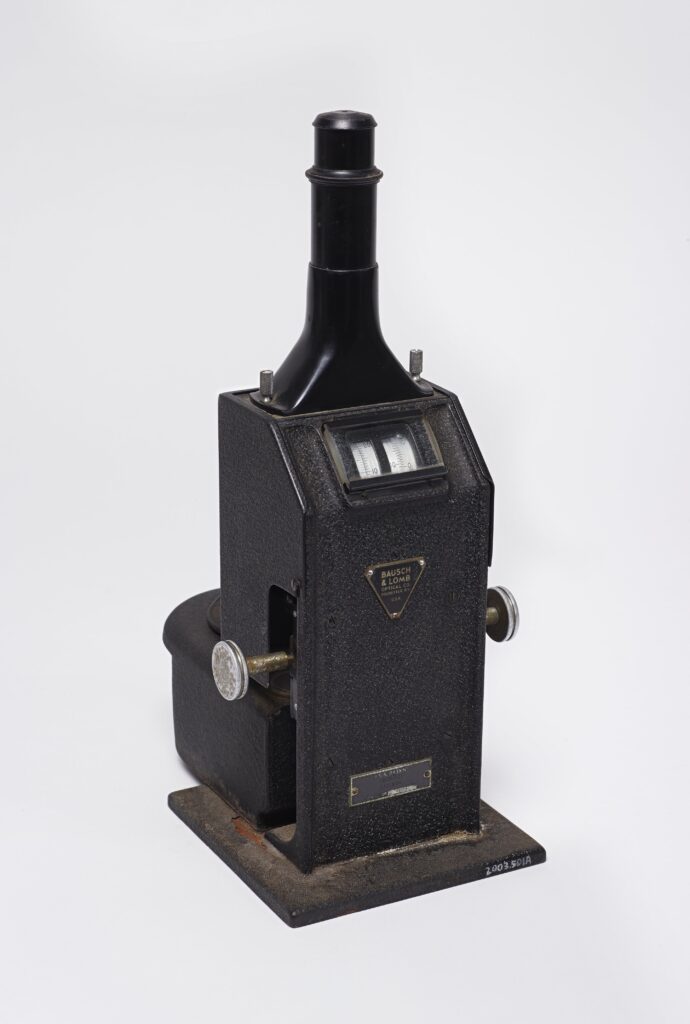
April 16, 2018–August 17, 2018
Scientific instruments are close to our institutional heart, but collecting them presents challenges. What do we seek to preserve when we add an instrument to our collection? We can’t collect everything, so how do we decide which objects to keep?
For instance, French instrument maker Louis Jules Duboscq introduced an elegant type of colorimeter in the 1870s. A major analytical breakthrough, its binocular design allowed for quantification of slight color differences after chemical reactions.
The compact design made the model a fixture in scientific laboratories for almost a century. This instrument is as important as it is abundant, which is why it is represented in our collection.
Our display considers how we define the term instrument when talking about objects from our collection and how we choose which instruments to preserve.
This ExhibitLab was curated by Amanda L. Mahoney and Gillian Maguire.
For Best Results
January 29, 2018–April 13, 2018
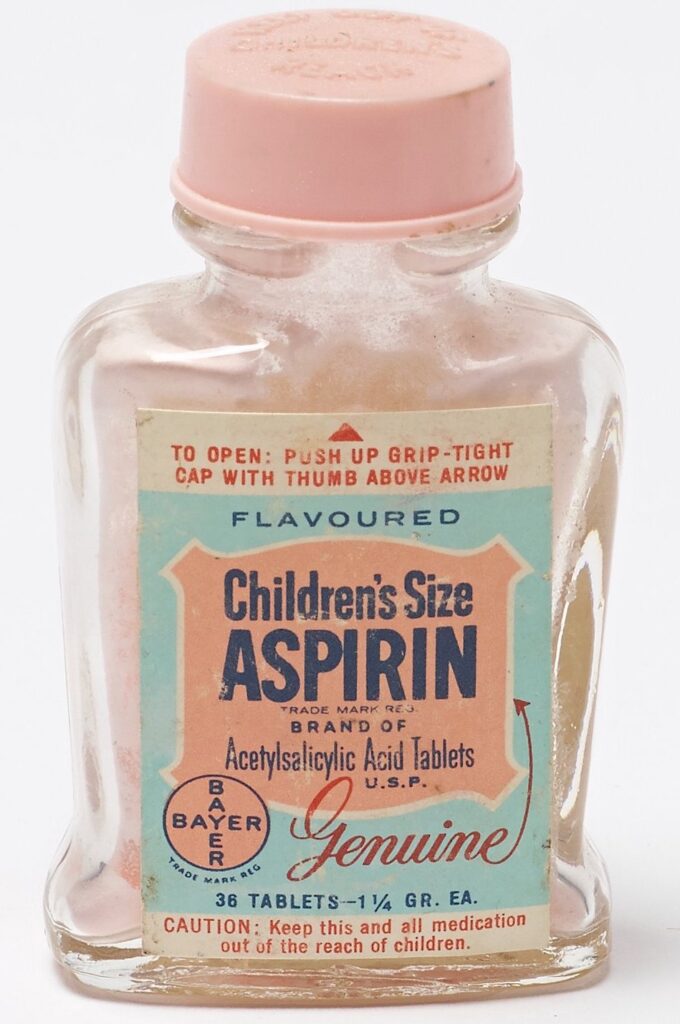
Our collection of pharmaceutical and health-related consumer products ranges from the commonplace to groundbreaking discoveries. Everyday health products that once graced the shelves of local pharmacies reveal the evolution of consumer preferences, graphic design, and beliefs about health during the 20th century.
The anti-syphilis drug Salvarsan, for example, developed in 1909 by Paul Ehrlich’s laboratory team, was once celebrated as a “magic bullet.” But the drug, despite claims it treated this disease without harming patients, proved to have some serious pitfalls.
This display also focuses on the pharmaceutical history of pediatric treatments and safeguards for children, as well as once-taboo topics, such as women’s health and birth control.
For Best Results was curated by Amanda L. Mahoney and Gillian Maguire.
Recent Acquisitions
September 26, 2017–January 25, 2018
We are always collecting new examples of the science embedded in everyday life. This ExhibitLab focuses on our collecting roots regarding the history of chemistry, the stories new objects tell when juxtaposed with our existing collections, and the process of researching and acquiring objects related to the history of health and life sciences.
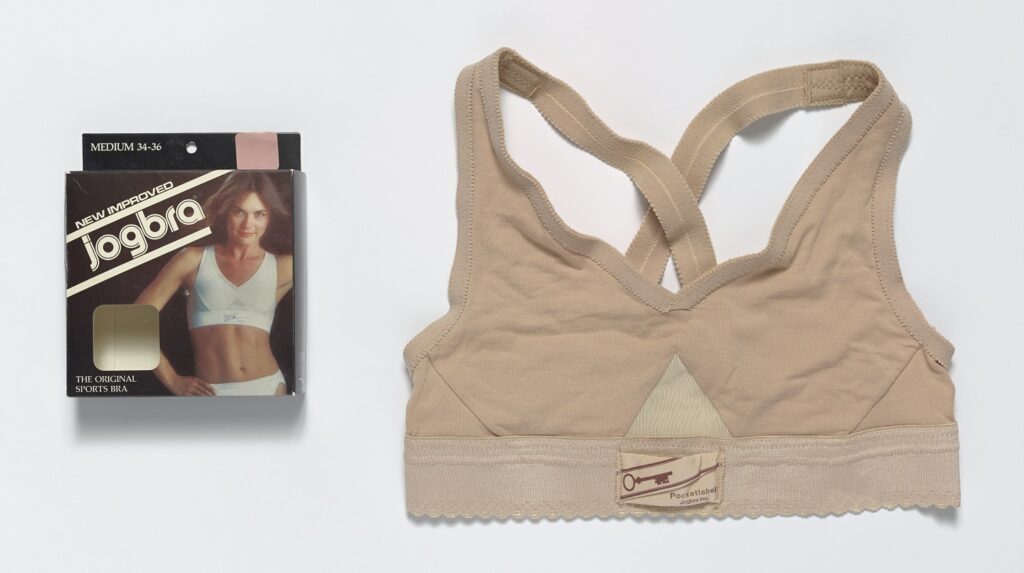
We often use the themes of our temporary exhibitions to acquire objects that broaden our permanent collection and expand research in and preservation of the material culture of science.
Our recent exhibition, Second Skin: The Science of Stretch, explored the history and science of flexible textiles. This display includes newly acquired objects from that exhibition, which exemplify important historical, cultural, and scientific moments in the world of high-tech fibers.
This ExhibitLab was curated by Amanda L. Mahoney and Gillian Maguire.
For more on the unexpected origin of the sports bra, listen to our Distillations podcast.
Picturing the Future
June 26, 2017–September 21, 2017
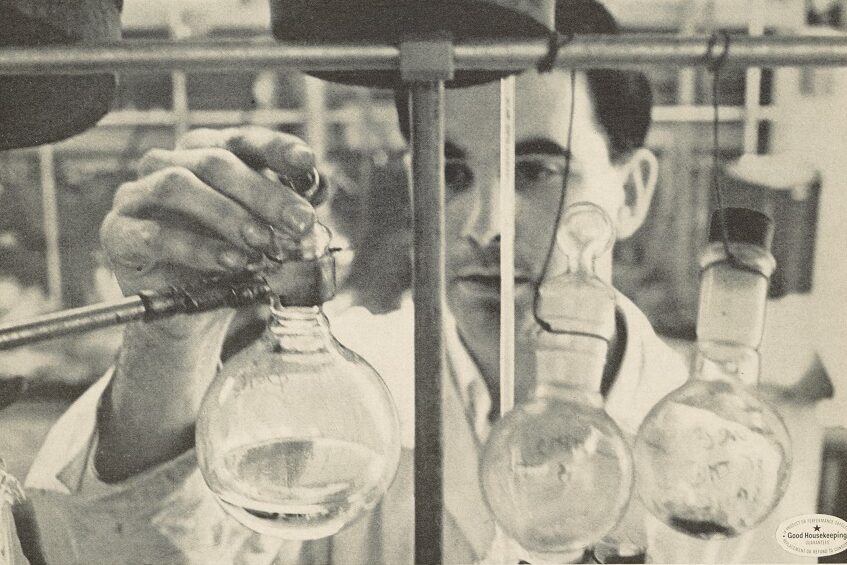
To learn what someone values, ask them what they want the future to look like.
During the 20th century, our visions of the future appeared in advertisements, product packaging, informational literature, and even instrument design. We can learn a lot about the science of the past by studying these historical depictions.
Some visions were optimistic: parents believed chemistry sets empowered their children to become scientists, while new knowledge of the power of the atom revolutionized healthcare. Other visions were more ominous: ads for fallout shelters with their accompanying radiation symbols warned of an end to American life as we knew it.
Picturing the Future was curated by Deanna Day.
The Somogyi Collection
April 10, 2017–June 23, 2017
What was glucose monitoring and diet tracking for diabetes like in the 1940s?
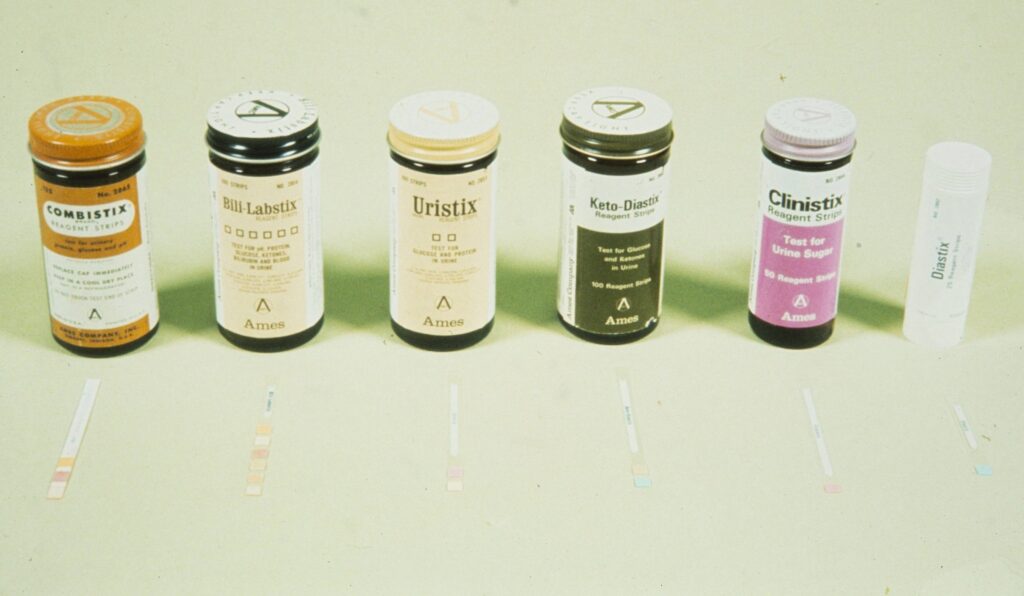
The development of insulin and advancements in clinical chemistry made living with diabetes possible for a growing number of people by the 1920s. However, successful management of the disease required close measurement and careful tracking.
Michael Somogyi (1883–1971) was a pioneering clinical chemist responsible for breakthroughs in diabetes treatment. Born in Hungary, he was a key player in the synthesis of insulin for mass production in 1922.
The Institute’s Somogyi Collection documents his lifelong career as a researcher and clinical consultant. It features objects from Somogyi’s 21-year service as chief biochemist at the Jewish Hospital of St. Louis and traces the evolution of diabetes treatment from 1920 to 1960.
The Somogyi Collection was curated by Amanda L. Mahoney.
Domestic Plastics
January 9, 2017–April 7, 2017
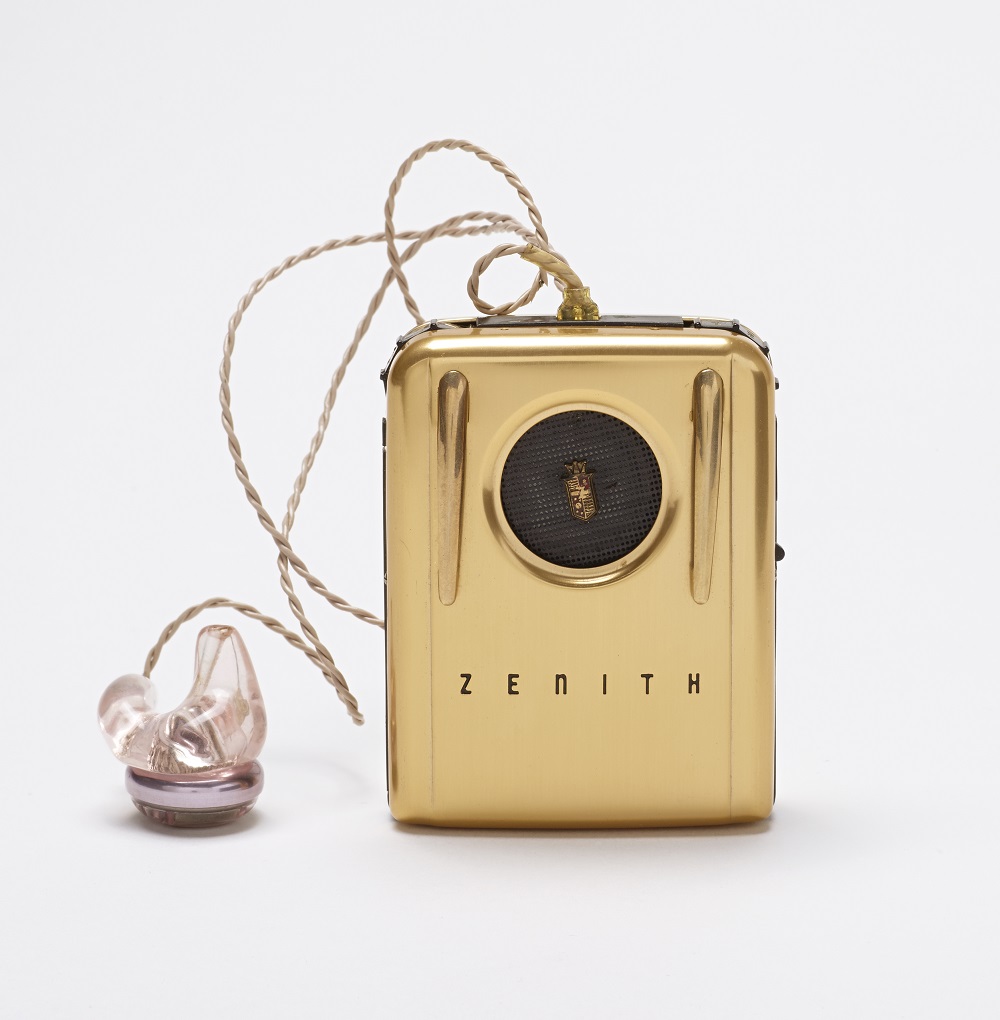
What was it that made mid-20th-century homes so different, so appealing? Plastics!
Synthetics of that era offered chemists unprecedented control over the material environment. Yet plastics left the confines of laboratories and factories as consumers brought these new products into their homes.
Before the word plastic became associated with superficiality and disposability, manufacturers in the 1950s celebrated the material’s sturdiness, safety, and beauty. Advertisements for durable plastics promised to cut household costs and liberate housewives from messes and repeat trips to the store.
Objects from our collection dating from the 1950s and 1960s reveal a changing material culture that created new possibilities for designing a home, entertaining guests, and redefining childhood and femininity.
Domestic Plastics was curated by Roksana Filipowska.
